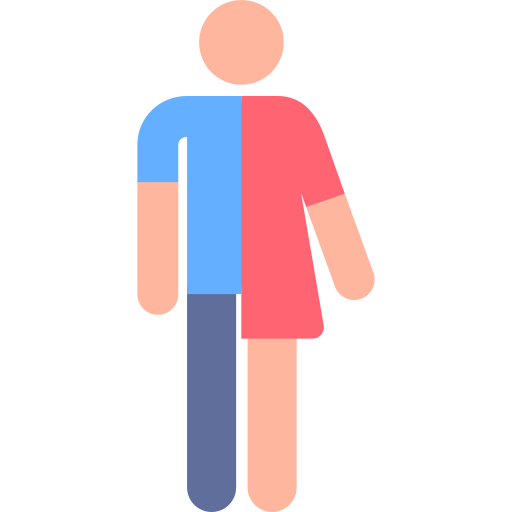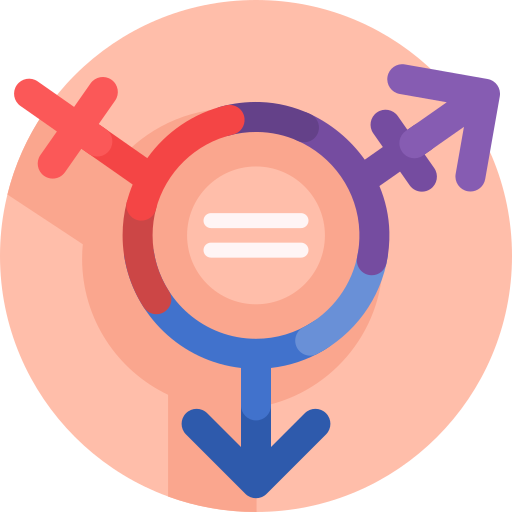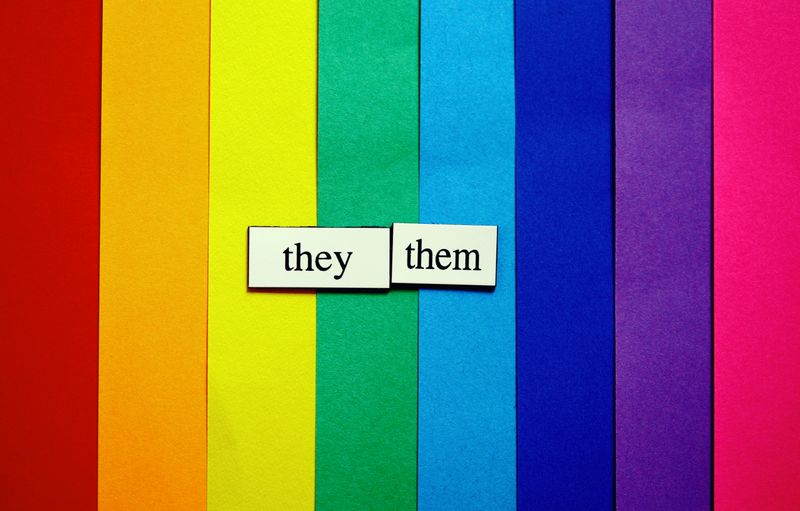
This logo isn't an ad or affiliate link. It's an organization that shares in our mission, and empowered the authors to share their insights in Byte form.
Rumie vets Bytes for compliance with our
Standards.
The organization is responsible for the completeness and reliability of the content.
Learn more
about how Rumie works with partners.
"It's a boy!" "It's a girl!" "Why is that boy wearing a dress?" "She shouldn't play with trucks."

Sentiments like these might be common because of long-held beliefs about gender. But gender is a much more complex topic than simply how someone looks.
Understanding these complexities will help you communicate with and relate to a variety of people in your community.
Gender Identity
Some gender identifications include:
Transgender — identifies with gender that doesn't match their sex
Cisgender — identifies with the sex they were assigned to at birth
Non-binary — doesn't identify with either male or female
Agender — doesn't identify with any gender
Bigender — identifies with two genders
Gender fluid — identity shifts outside of gender norms

Genderqueer — identity doesn't align with societal expectations for their sex
Androgyne — identifies as both or between male and female
Polygender/pangender — displays parts of multiple genders
Omnigender — identifies with all genders equally
Two-spirit — used for Indigenous people in North America that have a different gender identity
Did you know?
Gender Identity vs Sex
The relationship between a person’s gender and their body goes beyond one’s reproductive functions. Research in neurology, endocrinology, and cellular biology points to a broader biological basis for an individual’s experience of gender. In fact, research increasingly points to our brains as playing a key role in how we each experience our gender.
Pronouns are a great way to acknowledge and share how people identify. You can learn more about pronouns in this Byte.
Quiz
Het's assigned sex at birth is female. Het uses the pronouns they/their. They sometimes like to dress as a man and sometimes as a woman. Which best describes Het's gender identity?
Het most likely identifies as gender fluid because their sex at birth is female, but they don't use female pronouns. They also dress as both male and female, which means they may identify somewhere in between. But we cannot say definitively how someone identifies unless we ask them because it's not something you can always tell by one's outward appearance.
Gender Expression

Gender expression is how a person chooses to express their gender through clothing, behavior, pronouns, hair, makeup voice, and body features. Many aspects of society's expectations of people are rooted in gender beliefs, such as what toys kids play with or how people dress.

You don't need to identify a certain way to express yourself authentically. Gender expression doesn't determine how someone identifies, so be careful about making assumptions of someone's gender based on their gender expression.
Quiz
Which of the following is usually NOT considered gender expression?
Having large breasts is part of a person's physical anatomy, which is usually not considered an expression of gender. However, people can choose how short they keep their hair, what they wear, and how they talk, which all contribute to how they express their gender. Note that in some cases, people can choose to have large breasts as an expression of their gender, but this isn't as common.
Impact of Gender Expression

Quiz
You're in a meeting and Judy asks why Pat from sales goes by "they". Judy says, "Why can't I just say 'she'? They dress like a girl. I don't understand all this pronoun business." What should you do?
Explaining that Pat identifies as "they" validates Pat's gender identity, regardless of how they express themselves, and is a respectful way to address them. It wouldn't be beneficial to yell or lecture Judy because that's not an effective way to teach her about gender identity and expression. It won't help Pat if you ignore Judy's comment. It's important to speak up and correct people when they're dismissive or disrespectful.
Did you know?
Take Action
Become an ally today!

This Byte has been authored by
Marina Halter
Learning Designer



